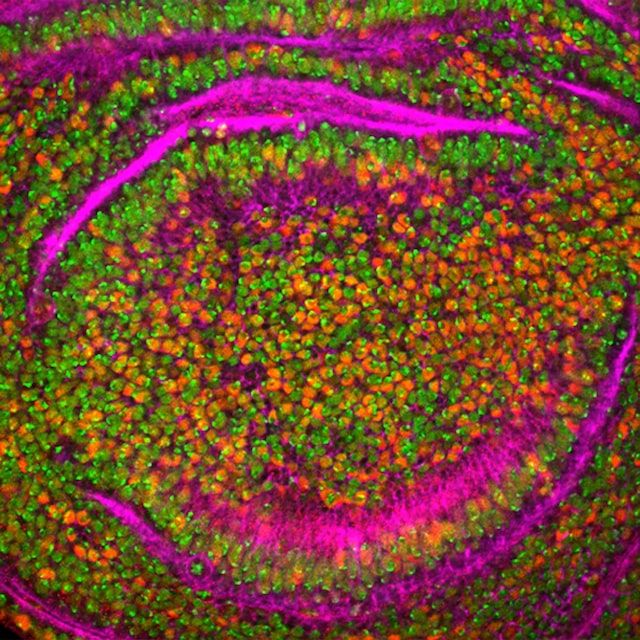Intratumoral immunotherapy has put the immune system center stage in the fight against metastasized cancer. While its use has primarily been limited to melanoma, intratumoral therapy has also had some success in slowing the spread of other types of cancer. This innovative procedure has tremendous upside, though more research and robust clinical trials are still needed.
What is Intratumoral Immunotherapy?
Intratumoral therapy is a recurring treatment that involves the direct injection of an immune stimulator into a timer. These immune-stimulating agents use T cells to generate and transport an antitumor response throughout the body.
Intratumoral therapy has primarily been used in late-stage cancer diagnoses with metastases, though a concerted effort to analyze its effectiveness in early-stage cancer is underway.
The Benefits of Intratumoral Therapy
The direct injection method offers several advantages regarding patient quality of life and effectiveness. Specifically, this method mitigates the issues associated with less targeted treatment methods, such as chemotherapy, radiation therapy and the combinations thereof.
In most applications, intramural therapy:
- Avoids off-target toxicity
- Requires a lower dose of than systemic alternatives
- Triggers a stronger immune response
Side Effects of Intratumoral Therapy
While total and systemic toxicity exposure is lower, intramural therapies have several side effects that may be severe in some individuals. The most commonly reported side effects include:
- Constipation
- Decreased appetite
- Diarrhea
- Fatigue
- Fever and flu-like symptoms
- Headache
- Itching
- Rashes near the injection site
Some patients also reported chills and pain near the site of the injection.
Intratumoral Therapy: Is It Effective?
Much of the data supporting the therapy’s efficacy is based on its use to combat melanoma, specifically in cases with metastases. Slightly over half of patients experience remission with treatment, with roughly 70% of remissions defined as long-lasting. This represents 40% of all patients undergoing intratumoral immunotherapy treatment.
This means 60% of patients either experience little benefit or relapse. One of the most important challenges in advancing this therapy is determining why it has little to no effect on some patients. Researchers believe several variables play a role, including the growth activity of individual tumors; hot tumors have higher numbers of T cells and are more active in exhibiting an immune response, while cold tumors express little or no response.
Related: Cancer and HPV – What’s the Connection?
Turning Up the Heat
Researchers are exploring ways to elicit a stronger “hot” response in low-activity cold tumors. One of the most promising methods is to actively destroy small segments of the cold tumor. This releases a higher volume of inflammatory substances at the tumor surface. In most cases, these antigens are attacked by any available T cells. In time, these T cells spread and attack other tumors throughout the body.
FDA Approval is Limited
The Food and Drug Administration has only approved one intratumoral drug. Designed to treat melanoma, Imlygic trials (TVEC, the generic name) led to a remission rate of over 50%, or double the rate of study-wide remissions, which included non-injected patients receiving standard care. 16% of injected patients achieved remission for at least six months.
Stay Connected with Less Cancer
Less Cancer is committed to advancing cancer prevention measures and programs that save lives. We focus on education, advocacy and expanding access to live-saving healthcare resources and cancer screening. Keep Less Cancer in the fight; donate to the cause today.
The Takeaways
- Intratumoral immunotherapy is administered in concert with chemotherapy and/or radiation therapy.
- Researchers are investigating its efficacy in pre-surgical cancer treatments for early-stage cancer treatments.
- This therapy is only approved by the FDA for melanoma.
- More research is needed to determine the effectiveness of various immunotherapy drugs on other types of cancers.
Additional Resources
Title: “In Plain English: Intratumoral Injection – Boosting the Immune Response Against Metastatic Melanoma by the Direct Injection of Immunotherapy into Tumor Masses” Website: AIM at Melanoma URL: https://www.aimatmelanoma.org/in-plain-english-intratumoral-injection-boosting-the-immune-response-against-metastatic-melanoma-by-the-direct-injection-of-immunotherapy-into-tumor-masses/
Title: “Intratumoral Immunotherapy: From Trial Design to Clinical Practice” Author(s): Champiat, Tselikas, et al. Journal: Clinical Cancer Research Volume: 27 Issue: 3 Page Range: 665 Year: 2021 URL: https://aacrjournals.org/clincancerres/article/27/3/665/83441/Intratumoral-Immunotherapy-From-Trial-Design-to


Leave A Comment
You must be logged in to post a comment.